The Best Time to See the Northern Lights in Scotland
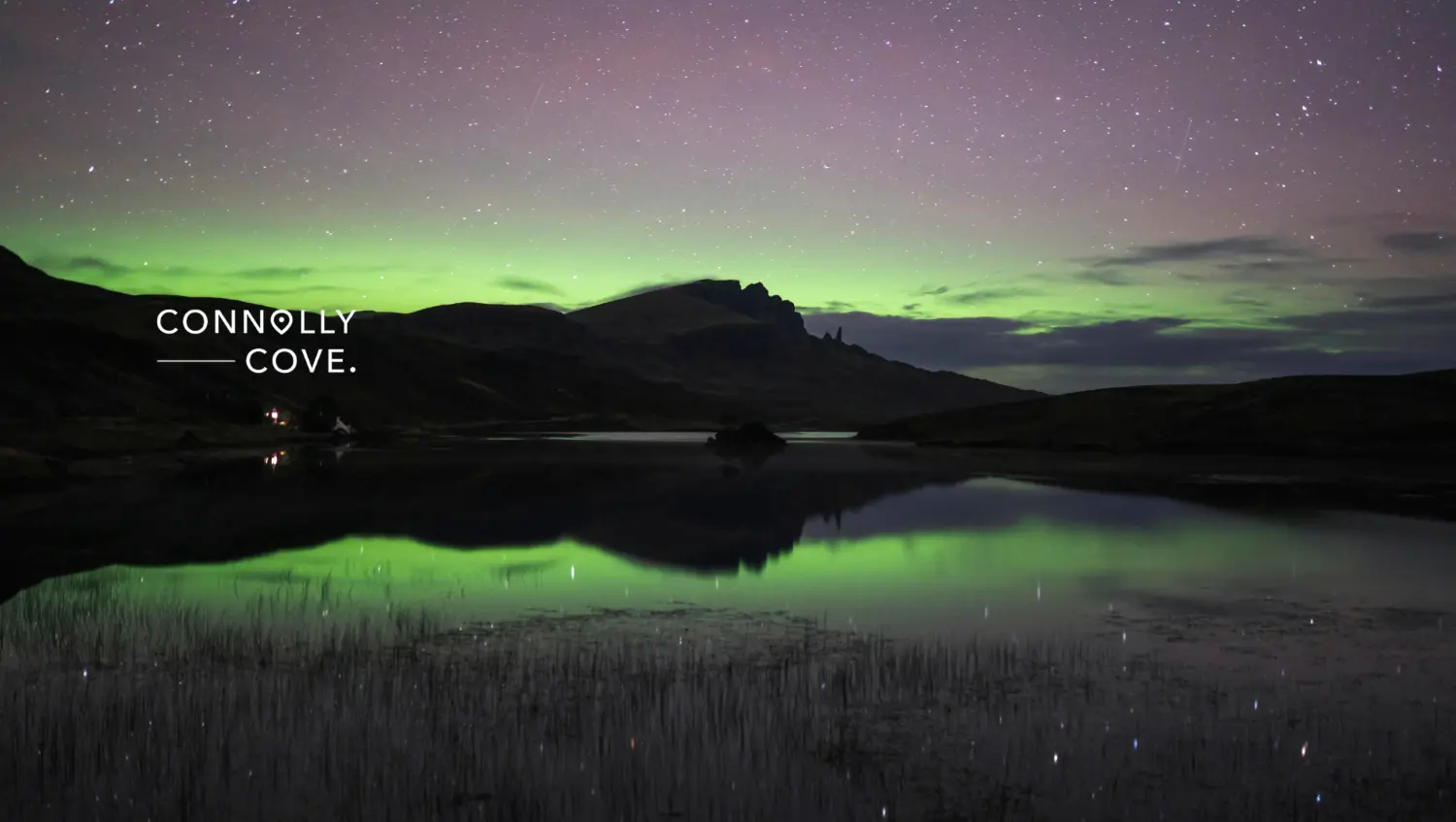
Updated On: April 26, 2024 by Panseih Gharib
Key Takeaways
- The best months to see the Northern Lights in Scotland are September and March, when the nights are longer and darker.
- Ideal locations for witnessing the Aurora Borealis include Aberdeenshire, Moray Speyside, Orkney Islands, and the Isle of Skye.
- To increase your chances of seeing the lights, visit during these months and choose secluded areas with minimal light pollution.
The Aurora Borealis
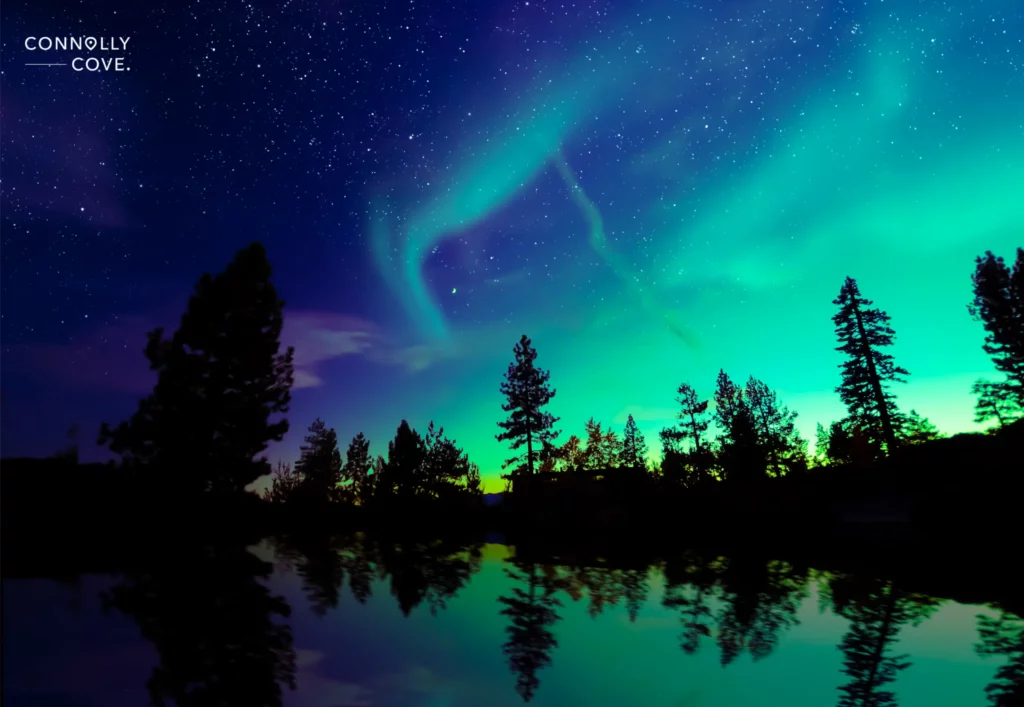
The Aurora Borealis is a Phenomenon where colourful lights display in the sky, predominantly seen in high-latitude regions (around the Arctic and Antarctic).
Scientifically, the Northern Lights are caused by the interaction between charged particles emitted from the sun and the Earth’s atmosphere. As they enter the Earth’s atmosphere, they collide with atoms and molecules, which causes them to emit light. The colour of the light depends on the type of atom or molecule that was struck. Nitrogen atoms emit red and blue light, oxygen atoms emit green and yellow light, and helium atoms emit violet light.
The Northern Lights are most commonly seen in the winter when the nights are long and dark. They are also more likely to be seen in areas with clear skies and low levels of light pollution. The best places to see the Northern Lights are in the Arctic and Antarctic, but they can also be seen in other parts of the world, such as Canada, Alaska, and Scandinavia.
The Aurora Borealis in Scotland
Scotland is known to be one of the top places in the world to see the Northern Lights, or as it is called in Scotland, the Aurora Borealis. The lights are most commonly seen in the winter, from September to March, when the nights are long and dark. They are also more likely to be seen in areas with clear skies and low levels of light pollution.
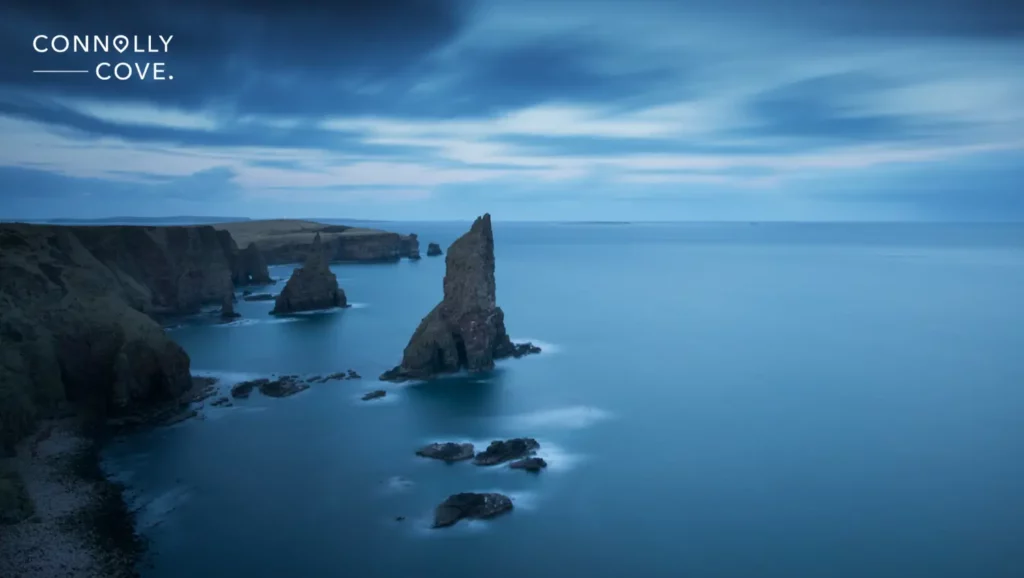
Clear, starry nights are essential for the most optimal viewing of the Aurora Borealis. The winter months of December and February offer extended hours of darkness, providing ample opportunities to witness the mesmerising spectacle. However, a touch of luck is also a crucial factor. Not every night will illuminate the sky with vibrant hues. Nevertheless, Scotland’s captivating ambience under a star-studded expanse during these six months will surely leave a lasting impression.
September and March are ideal for witnessing the awe-inspiring Aurora Borealis. As autumn transforms into winter, the nights lengthen, and darkness prevails, creating ample opportunities to see the captivating dance of the Northern Lights. Moreover, September and March often enjoy clearer skies, further enhancing the likelihood of witnessing this mesmerising natural spectacle.
Where to See the Northern Lights in Scotland
The best places to see the Northern Lights in Scotland are in the northern and western Highlands, such as the Isle of Skye, Sutherland, and Caithness. These areas have some of the darkest skies in the UK and are also relatively close to the Arctic Circle, where the lights are most active.
Isle of Skye
Skye is a popular tourist destination, and it is estimated that over 500,000 people visit the island yearly. The island is famous for several reasons, including its breathtaking natural landscape, rich history and culture, and abundant outdoor activities. Some of the most popular things to do on Skye include hiking, climbing, fishing, and boating.
The Isle of Skye can be reached by ferry from Kyle of Lochalsh on the mainland of Scotland. The journey takes about 45 minutes. There is also a road bridge, the Skye Bridge, that connects Skye to the mainland.
The best places to visit while being on Skye:
- Old Man of Storr: A towering rock formation that is one of Skye’s most iconic landmarks
- Quiraing: A series of landslips that form a dramatic landscape of pinnacles and ridges.
- Dunvegan Castle: The home of the MacLeod clan ancestors.
- Fairy Pools: A series of waterfalls on the Trotternish peninsula.
- Loch Coruisk: A sea loch on the Cuillin peninsula.
Sutherland
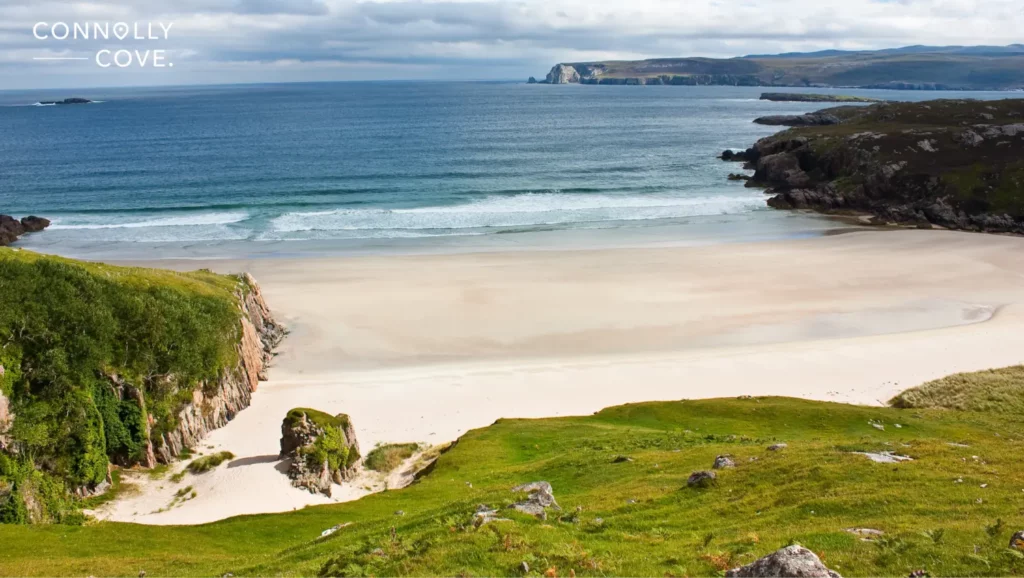
Sutherland is a popular destination for tourists and outdoor enthusiasts. The county is great for hiking, climbing, fishing, and boating. Several historical and cultural attractions in Sutherland include Dunrobin Castle, the Highland Folk Museum, and the Glenmoriston Visitor Centre.
The Best Places to Visit While Being in Sutherland
- Visit Dornoch Cathedral, the oldest cathedral in Scotland.
- Hike to the top of Stac Pollaidh, a mountain with stunning views of the surrounding countryside.
- Visit the ruins of Dun Dornaigil, a 13th-century castle.
- Go on a boat trip to Loch Assynt, a beautiful loch surrounded by mountains.
- Take a scenic drive on the North Coast 500, a road that winds its way around the north coast of Scotland.
Caithness
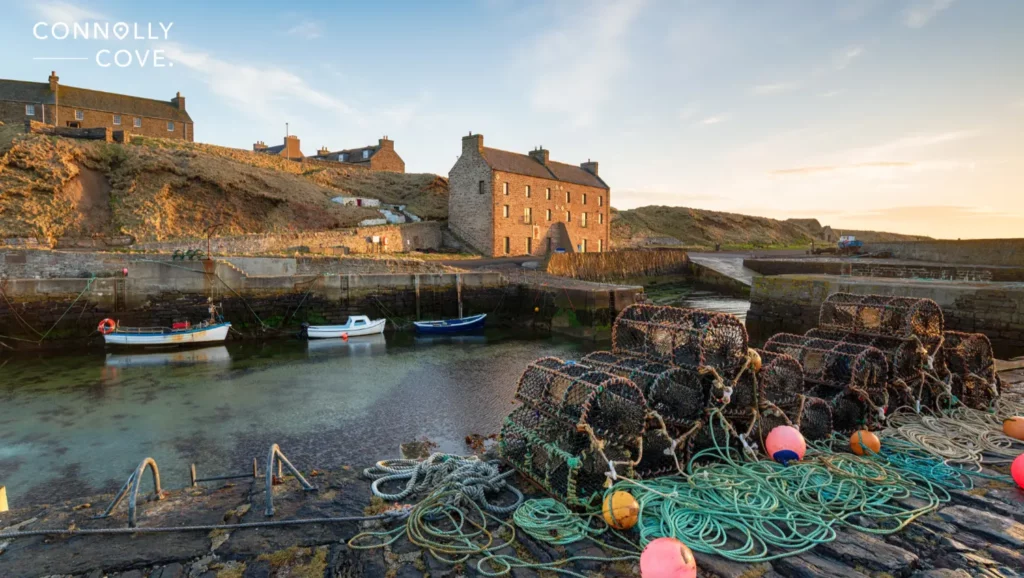
Caithness is a county in the Highlands of Scotland. It is located in the northeastern part of the country, bordered by Sutherland to the south and the North Sea to the north and east. Caithness is a land of dramatic contrasts, with rugged mountains, deep glens, and long stretches of coastline. The county is home to some of the most spectacular scenery in Scotland, including the Castle of Mey, the Dunnet Head Lighthouse, and the Wick Bay,
The Best Places to Visit While Being in Caithness
- Visit the Castle of Mey, the former home of the Queen Mother.
- Go on a boat trip on Loch Shin, a beautiful loch surrounded by mountains.
- Visit the Highland Folk Museum, which tells the story of Highland life.
- Take a scenic drive on the North Coast 500, a road that winds its way around the north coast of Scotland.
Tips for Increasing Chances of Seeing the Northern Lights
Follow the recommendations below to increase the odds of seeing Scotland’s Northern Lights.
- Choose the right time of year: The Northern Lights are most visible during the dark winter months, from September to April.
- Head to high-latitude regions: The Northern Lights are best seen in areas closer to the Arctic Circle, such as Iceland, Norway, Finland, Sweden, and Scotland.
- Seek clear skies: Cloud cover can block the view of the Northern Lights, so choose a location with a clear night sky forecast.
- Be patient: The Northern Lights are unpredictable, so be prepared to spend several nights outdoors to increase your chances of seeing them.
- Use a reliable aurora forecast: Check aurora forecast websites and apps to stay updated on the chances of seeing the Northern Lights in your chosen location.
- Dress warmly: The weather in high-latitude regions can get freezing, so dress warmly and in layers.
- Bring a camera with a tripod: The Northern Lights can be faint, so a tripod will help you capture stunning images.
- Adjust your camera settings: reset your settings to a high ISO setting and a slow shutter speed to capture the Northern Lights adequately.
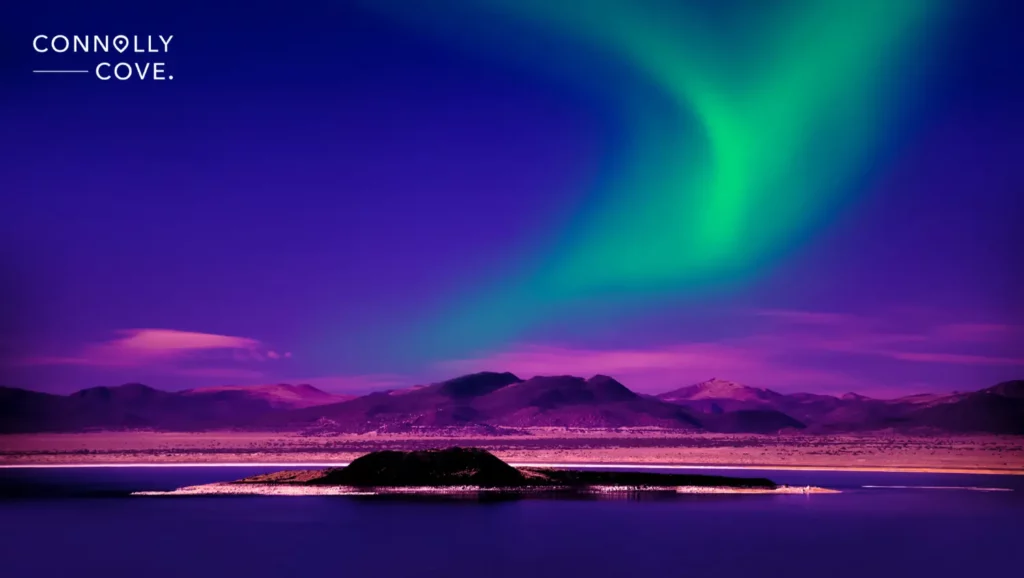
The Best Resources about the Northern Lights
If you want to learn more about the Northern Lights in Scotland, some helpful resources and further reading are available. The VisitScotland website is a great place to start, providing detailed information on the best time to see the lights.
They also offer Northern Lights forecasts for Scotland, which can help you plan your trip accordingly. Another recommended resource is the Orkney Islands website, where you can find information on their perfect position for aurora borealis viewing.
Additionally, if you’re interested in exploring other attractions in Scotland while chasing the Northern Lights, Aberdeenshire and Moray Speyside are alternative destinations worth considering.
Myths of the Northern Lights
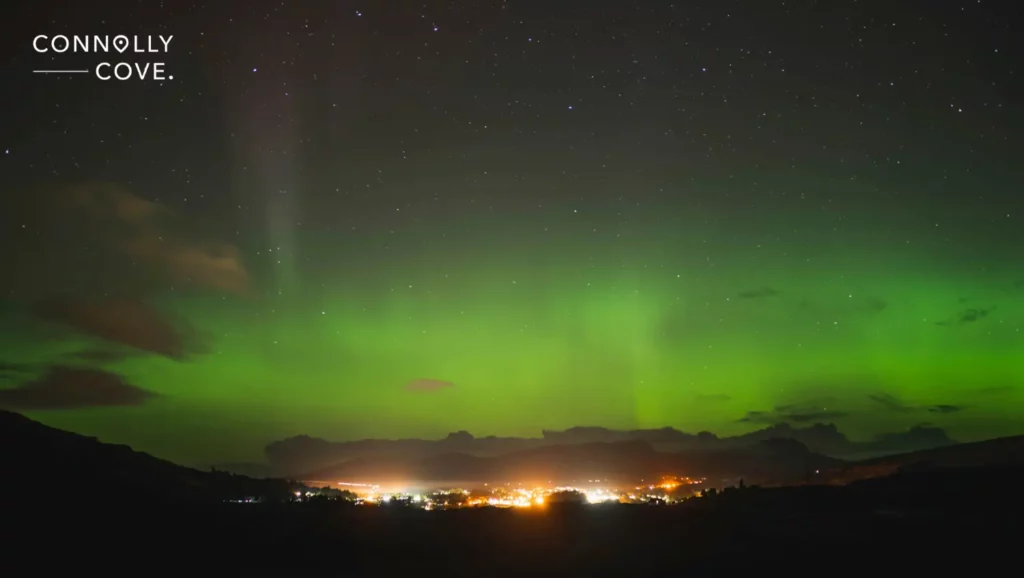
In Roman mythology, the goddess of dawn was named Aurora, leading to the translation of Aurora Borealis as “Dawn of the North.” The Scots, on the other hand, have interpreted these celestial illuminations, which grace their skies throughout the year, as cosmic reflections of battles between sky warriors or fallen angels. Legend has it that the blood of those wounded in these battles spills onto the Earth, staining the “bloodstones” or heliotrope found in the Scottish archipelago, the Hebrides.
Another standard Scottish narrative suggests that the fiery red glow in the skies that preceded the French Revolution was a harbinger of the impending conflict in their neighbouring Gallic state. This belief further solidified the association of the Northern Lights with impending strife or upheaval.
The Northern Lights in Scotland are a captivating natural light display most commonly seen in high-latitude regions. These mesmerising lights result from the interaction between charged particles from the sun and the Earth’s atmosphere. It is one of the most intriguing and rare natural phenomena to see. Increase your chances by checking Northern Lights forecasts and visiting spots with clear nights.






